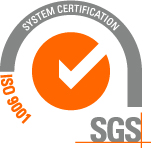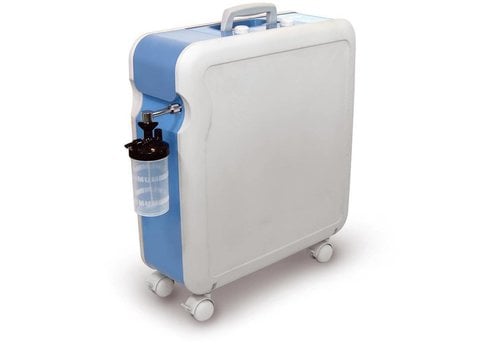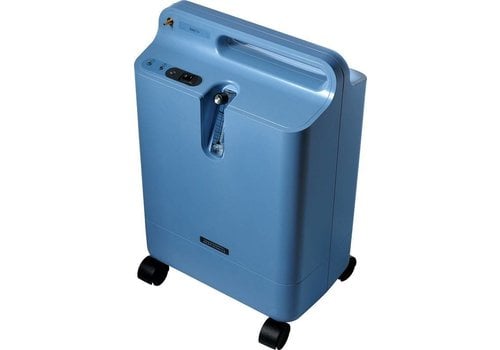A stationary concentrator is an oxygen machine for home use that delivers a continuous oxygen flow. (continuous flow). With an oxygen extension tubing of 15 meters, you can easily move through your house! The only thing you need to do is to connect your device to the mains in the wall socket and choose the right oxygen setting. The device is easy to set up and safe to use.
Why a stationary oxygen concentrator?
With a stationary concentrator (fixed concentrator), oxygen therapy can be given indoors, for example to COPD patients. It is specially designed for home use, but also widely used in nursing homes. Some models (the EverFlo and Inogen At Home) can be transported in a car trunk. This allows you to use your machine elsewhere.
Oxygen therapy with continuous flow
Oxygen concentrators for home provide a continuous flow of oxygen. Continuous flow is the standard for night use, because during the night you breathe weaker and less often. People with sleep apnea can also connect an oxygen machine with continuous flow to their CPAP machine. In addition, with continuous flow, it is possible to use an oxygen extension tubing of up to 15 meters. This makes it easy to move around the house without moving your machine. Producing a continuous oxygen flow requires a relatively large amount of energy. The energy consumption differs. The Inogen At Home is relatively energy efficient, which means that you can save considerably on an annual basis.
Extra comfort with a humidifier
Continuous flow may cause a dry and irritated nose, because air constantly flows into your nose through the nasal cannula. For that reason, many oxygen users use a humidifier. With the Kröber 4.0 and DeVilbiss 1025 you can connect the humidifier bottle directly to your oxygen machine. With the Philips Respironics EverFlo and Inogen At Home you need a connecting tube that you place between the humidifier and concentrator. Condensation can cause moisture to accumulate in the oxygen extension tube and end up in the nose. A water trap can be very useful to solve this problem. You can place it easily between your oxygen tube and nasal cannula. For extra comfort, we advise you to try the Cegla Moisturizing Nasal Gel.
Easy to use
This type of medical equipment is made as maintenance-free as possible and easy to use. Perfect for oxygen therapy at home! In general, these devices only have an on / off switch and a button to change the oxygen setting. The sound that is produced differs. This is certainly something to take into account if you also use oxygen at night. The Kröber 4.0 is by far the quietest stationary oxygen concentrator available. With the Inogen At Home, the energy consumption and number of decibels (dB) increase with every higher setting. With the other machines, the sound and power consumption are always the same (regardless of the oxygen setting).
TIP 1: Compare different machines with each other by clicking on “Add to comparison list”. Then click on “Compare products”.
TIP 2: Moisture has a harmful effect on the columns of your oxygen device. Therefore, never place it in damp rooms such as the bathroom!
TIP 3: We advise you to always keep at least one oxygen tank at home, so you can continue with your oxygen therapy in case of a power outage.












